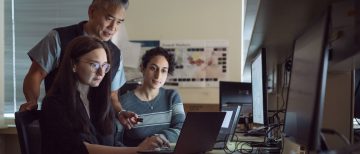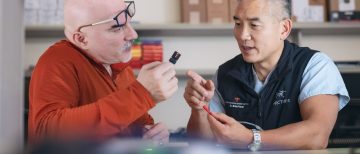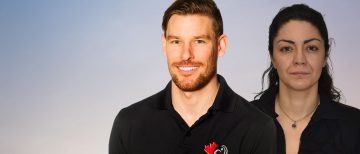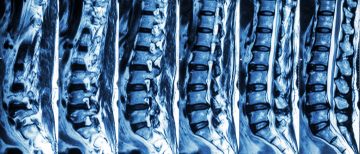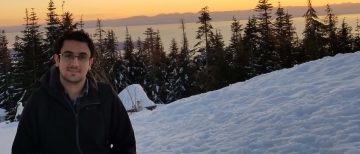In the News! UBC researchers look at ‘gel’ biomaterials to help treat spinal cord injuries
UBC’s Mend the Gap team is leading an international effort to develop a new way to treat spinal cord injuries, which they hope will lead to increased motor function and a better quality of life for patients. (CTV, Vancouver Sun, The Province)
UBC researchers lead $24 million project to treat spinal cord injury
A new multidisciplinary team—named Mend the Gap—is working on a novel approach that may someday help people with spinal cord injury. The Mend the Gap team recently received $24 million from Canada’s New Frontiers in Research Fund 2020 Transformation stream to investigate using biomaterials—and soft gels in particular—to heal the injury.
Cameron Gee and Leili Ghazi Zadeh Receive Postdoctoral Fellow Awards for their Research Poster Presentations
Congratulations to postdoctoral fellows, Dr. Cameron Gee and Dr. Leili Ghazi Zadeh, on their winning research poster presentations! The ICORD Symposium is organized by the trainees at International Collaboration on Repair Discoveries (ICORD) to promote and celebrate research at ICORD. The International Spinal Cord Society (ISCoS) Conference features world-leading keynote speakers in spinal cord injury research. ISCoS celebrated 60 years in 2021.
International Spinal Cord Injury Biobank launches a new website
The International Spinal Cord Injury Biobank (ISCIB) has launched a new website! The ISCIB is an initiative led by Dr. Brian Kwon and a multi-disciplinary team of experts based out of ICORD at the Blusson Spinal Cord Centre. It’s mission is to advance the understanding of the biology of SCI and share these findings with the global SCI community. Researchers from anywhere in the world can submit requests for ISCIB biospecimens.
Masoud Malakoutian Received the Dean’s Graduate Thesis Award
Congratulates to Dr. Masoud Malakoutian on receiving the Dean’s Graduate Thesis Award for his PhD thesis that examines the biomechanical properties of the paraspinal muscles (the muscles that move the spine) in adults with spinal deformities to identify which biomechanical properties might lead to week back muscles and spinal deformities in older adults.
